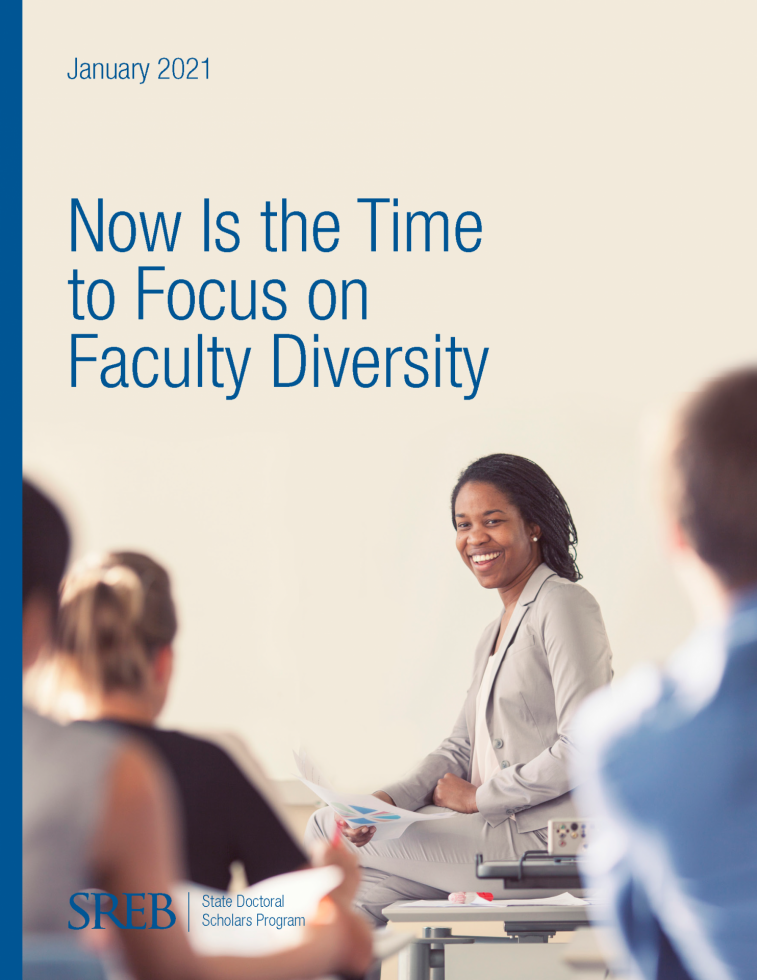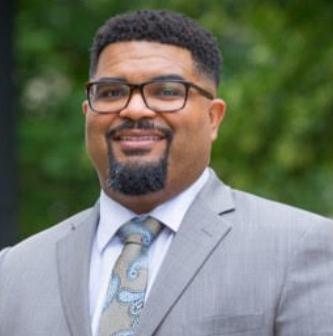Faculty diversity doesn’t match student demographics, reports show
ATLANTA — The rates of Black, Hispanic and other
underrepresented college faculty members are not keeping pace
with the changing student demographics in many states, according
to the Southern Regional Education Board’s 16 new state profiles and regional data
on faculty diversity.
Only about 9.2% of full- and part-time faculty members were Black
and 5.1% were Hispanic at public four-year institutions in the
16-state SREB region in 2017-18, the latest year with federal
data available.
In those same public four-year colleges and universities, 17.9%
of undergraduate students were Black and 16.1% Hispanic in fall
2017. White faculty members were substantially overrepresented
when compared to the undergraduate enrollments of their
states.
“States need more students from all backgrounds to complete all
levels of postsecondary education,” SREB President Stephen Pruitt
said. “These disparities are an important factor the South must
address in building a workforce prepared for tomorrow.”
“Having more people from underrepresented backgrounds complete
their Ph.D.s and become professors is a critical step toward
helping more students of color succeed,” said Ansley Abraham, the
director of the SREB-State Doctoral Scholars Program and a
national expert on the faculty-diversity issue.
SREB’s new regional data and 16 state profiles show the numbers
for each state’s public two- and four-year colleges and private
four-year colleges.
In the 16-state SREB region:
- 39.1% of undergraduates were Black, Hispanic, American Indian or Alaska Native in all two- and four-year colleges and universities, public and private. Only 17.5% of faculty were from these backgrounds.
- 20.2% of students in the region’s two-year and technical colleges were Black, 23.6% were Hispanic, and 0.8% American Indian or Alaska Native. But only 14.1% of full- and part-time faculty in two-year colleges were Black and just 7.4% were Hispanic.
- 22% of undergraduates were Black and 12% Hispanic in the region’s four-year private, not-for-profit institutions, and only 10.4% of faculty members were Black and 5% Hispanic.
- While only 55.9% of undergraduates were white in the region’s public four-year institutions, 74.9% of full- and part-time faculty members were white.
Addressing the shortage: The SREB-State Doctoral Scholars
Program is one of the nation’s leaders in helping states and
institutions support Ph.D. students from underrepresented
backgrounds as many of them seek to become professors.
SREB doctoral scholars gain admission to Ph.D. programs on their
own merits and complete their doctorates faster and at higher
rates than their peers of all backgrounds nationwide.
While many SREB states participate in the Doctoral Scholars
Program, more slots are needed in this program and similar ones
across the nation to solve the shortage of faculty members from
these underrepresented groups, Abraham said.
Many colleges and universities also need to improve recruiting,
retention and support for underrepresented graduate students and
faculty members of color, he added.
This week, SREB and several partner organizations host the
Institute
on Teaching and Mentoring, the nation’s largest gathering of
underrepresented minority Ph.D. students, faculty members and
their allies.
The virtual conference will feature dozens of workshops for
aspiring faculty members on teaching, research, leadership,
mentoring and a host of other topics critical to their success.
This event, postponed from October 2020, will be held online.
The next in-person Institute is planned for October 2021 in
Arlington, Virginia.
Media contact: Alan Richard, (404) 879-5528



